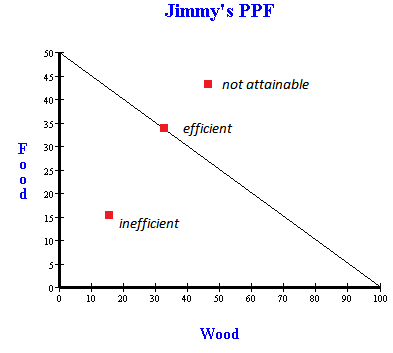0.0(0)
Other AP Macroeconomics unit study guides
AP Macroeconomics Ultimate Guide
Unit 1: Basic Economic Concepts
Unit 2: Economic Indicators and the Business Cycle
Unit 3: National Income and Price Determination
Unit 4: Financial Sector
Unit 5: Long-Run Consequences of Stabilization Policies
Unit 6: Open Economy—International Trade and Finance
Studying for another AP Exam?
Check out our other AP study guides
 Knowt
Knowt


